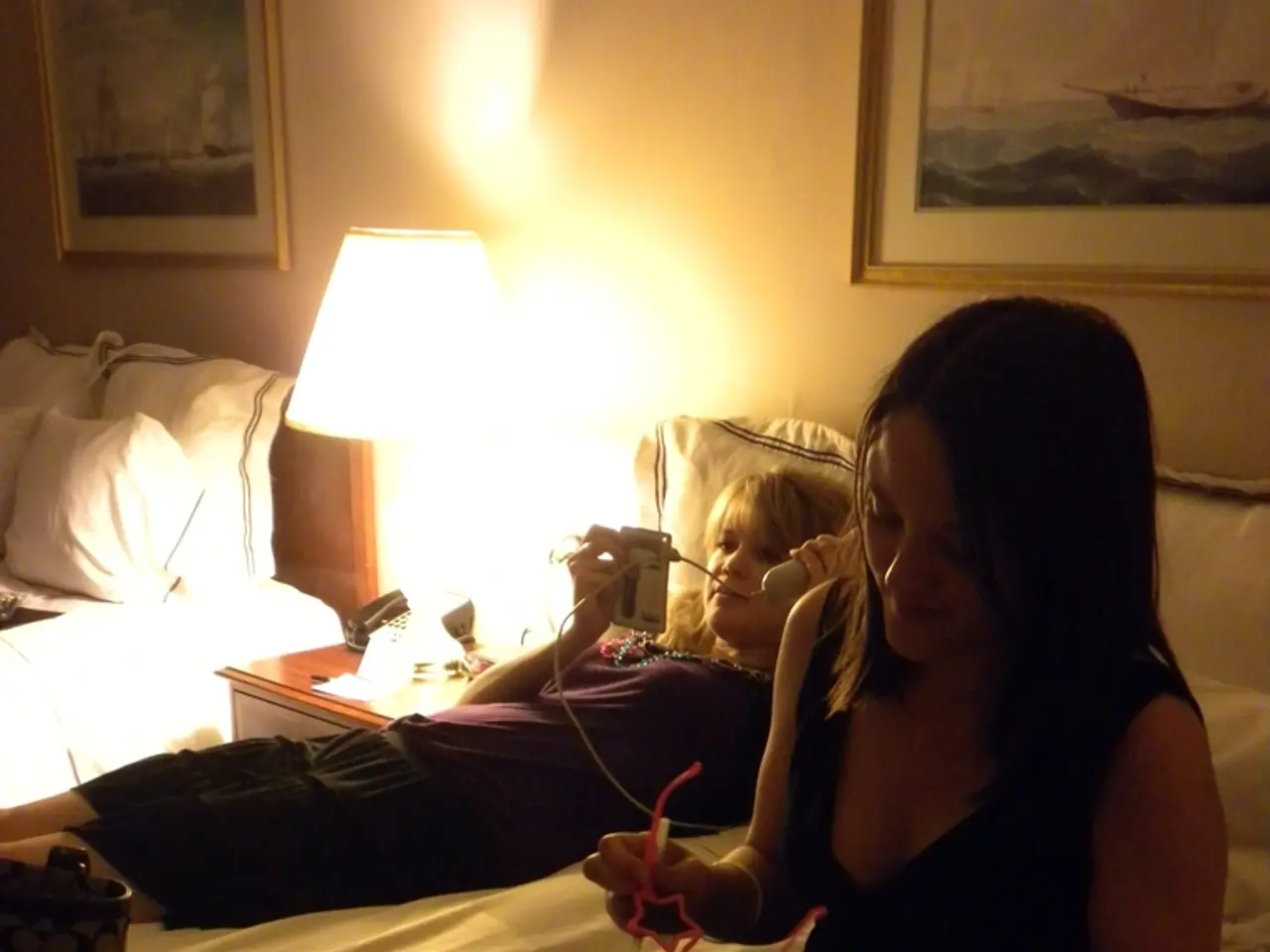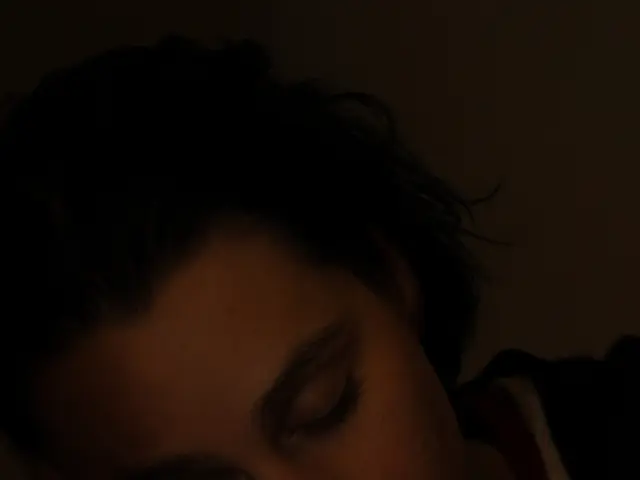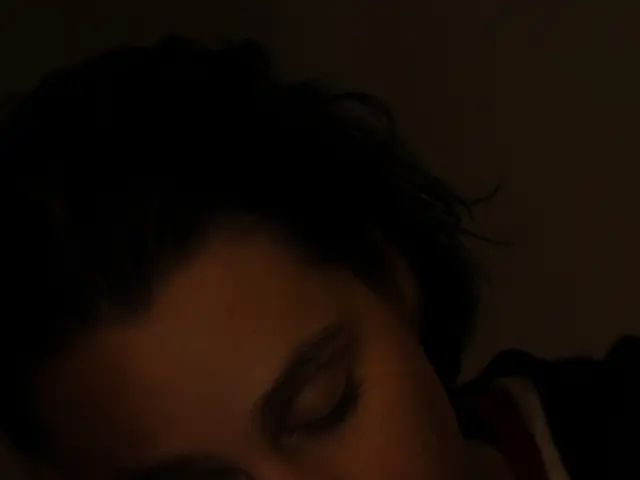Bothered by Your Partner's Snoring and Restless Nights? Consider Separate Beds, Girl!
Disrupted Slumber Due to Partner's Restlessness
Ah, relationships! They're a blend of cuddles and chaos, dreams, and disruptions. When it comes to nighttime tranquility, however, snoring, tossing, and turning can spell trouble. You're not alone, especially if you're female. It turns out gender plays a significant role in sleep woes.
Sleep expert Kneginja Richter knows this all too well. She's frequently sought out by women struggling with their partner's sleep habits. They want to stay in the shared bed, but the snoring, restlessness, and early mornings are taking a toll on their ZZZs.
So, waking up in the dead of night to a symphony of noises - not exactly a dream come true, right? Women are more prone to awakening in the night and reacting more sensitively to noises, especially during life stages like puberty, pregnancy, motherhood, or menopause. Hormonal fluctuations are the culprit, according to Richter.
Men, on the other hand, are more likely to experience obstructive sleep apnea, characterized by nocturnal breathing pauses and snoring, thanks to anatomical factors like a larger neck circumference and more visceral belly fat.
At first glance, the snorer and the sleepless might seem like a ticking time bomb for a relationship. But fear not! Richter presents some options to help you reclaim your sleep and relationship.
How to Sleep Soundly Again
If your partner's snoring is keeping you up, consider using earplugs or investing in specially designed anti-snoring devices. Going to bed a little earlier than when your partner starts snoring can also help.
If those measures don't do the trick, it might be time to upgrade to a more spacious bed, preferably with a width of 2 or 2.20 meters. This gives each of you room to breathe, reducing the impact of the snoring. Best to choose separate mattresses instead of a single large one. If your partner is a restless sleeper, you'll feel less of their movements.
Embrace the Separation
While it may seem counterintuitive, separate beds can actually improve a relationship. Our good old friend oxytocin, the cuddle hormone, comes into play here. Released during the REM sleep phase, it strengthens bonding between sleeping partners. However, if your sleep is suffering, it may be better to take a break from oxytocin's embrace and explore separate sleeping arrangements for a while.
Contrary to popular belief that separate beds signal relationship problems, Kneginja Richter suggests they can improve sleep quality, boost well-being, and even enhance sexual satisfaction—all of which can lead to a stronger partnership.
Sources:- ntv.de, Ricarda Dieckmann, dpa- [1] The Sleep Foundation- [2] American Academy of Sleep Medicine (AASM)- [3] American Psychiatric Association (APA)- [4] European Respiratory Journal- [5] The National Sleep Foundation
- Science reveals that gender plays a significant role in sleep disturbances, with women more prone to awakening in the night and reacting more sensitively to noises, particularly during certain life stages like puberty, pregnancy, motherhood, or menopause due to hormonal fluctuations.
- Men, on the other hand, are more likely to experience obstructive sleep apnea, characterized by nocturnal breathing pauses and snoring, which can be attributed to anatomical factors like a larger neck circumference and more visceral belly fat.
- If your partner's snoring is affecting your sleep quality, consider using earplugs, investing in anti-snoring devices, or going to bed earlier. If these measures don't help, consider upgrading to a more spacious bed with separate mattresses to minimize the impact of snoring and restless sleep.
- Counterintuitively, separate beds can actually improve relationships by boosting well-being, enhancing sexual satisfaction, and even strengthening a partnership, all while promoting better sleep. This is supported by research from various sources, including The Sleep Foundation, the American Academy of Sleep Medicine (AASM), the American Psychiatric Association (APA), the European Respiratory Journal, and The National Sleep Foundation.








